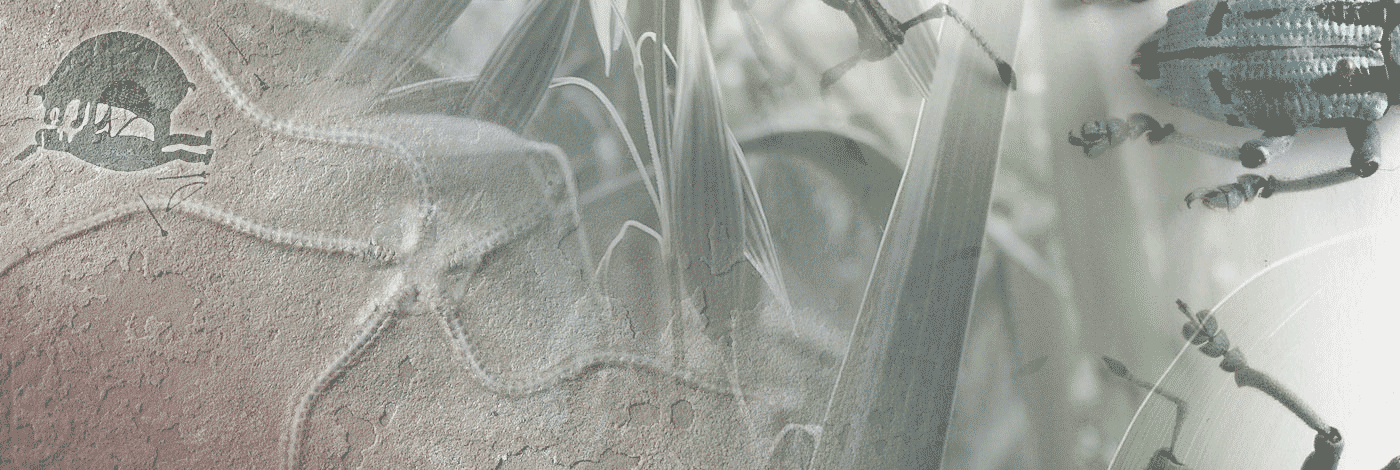
 Bulletin du Muséum national d'Histoire naturelle, 4ème série – section C – Sciences de la Terre, Paléontologie, Géologie, Minéralogie
17 (1-4) - Pages 389-445
Bulletin du Muséum national d'Histoire naturelle, 4ème série – section C – Sciences de la Terre, Paléontologie, Géologie, Minéralogie
17 (1-4) - Pages 389-445Phylogenetic analysis of Paleozoic tetrapods, using Panderichthys and Eusthenopteron as successive outgroups, shows Ichthyostega, Acanthostega, Crassigyrinus, and loxommatids as a series of outgroups of the remaining choanates. Temnospondyls plus colosteids are the sister-group of anthracosaurs and all subsequent tetrapod groups. Seymouriamorphs are the sister-group of an assemblage including two clades : one consisting of Westlothiana, diadectomorphs and amniotes, and the other consisting of the lepospondyl orders. Four equally parsimonious cladograms were found, two in which loxommatids were the sister-group of colosteids and temnospondyls, and two in which the position of nectrideans and microsaurs were reversed. Majority rule consensus trees up to 5 steps beyond the most parsimonious retained this general pattern. Because of the great amount of missing data, the actual relationships of Paleozoic tetrapods may be very different than the pattern suggested by this phylogenetic analysis. The most serious gap in our knowledge is caused by the absence of any fossil evidence of the plesiomorphic sister-groups of the major tetrapod lineages during approximately 30 million years of the Upper Devonian and Lower Carboniferous.
Paleozoic tetrapods, temnospondyls, colosteids, anthracosaurs, seymouriamorphs, diadectomorphs, amniots, microsaurs, parsimony analysis, Upper Devonian, Lower Carboniferous